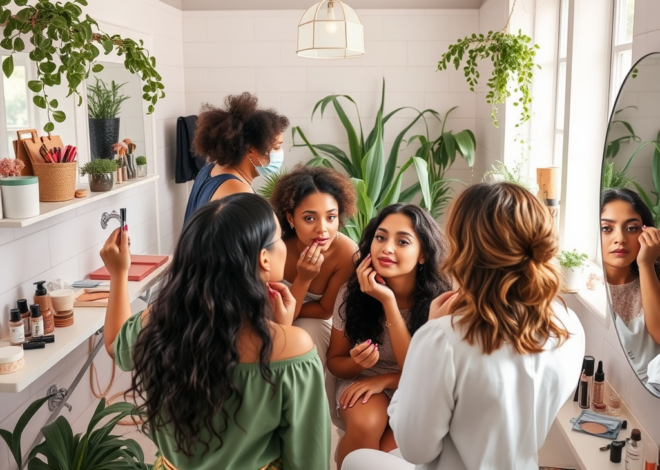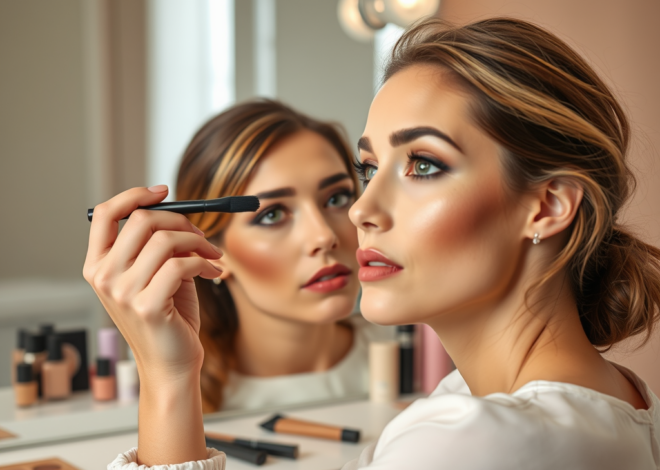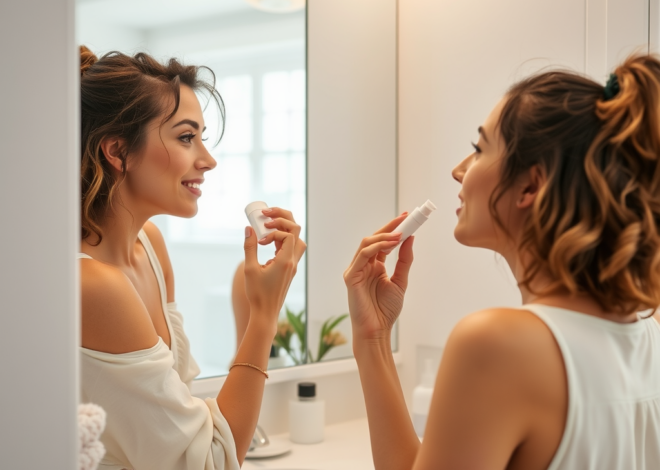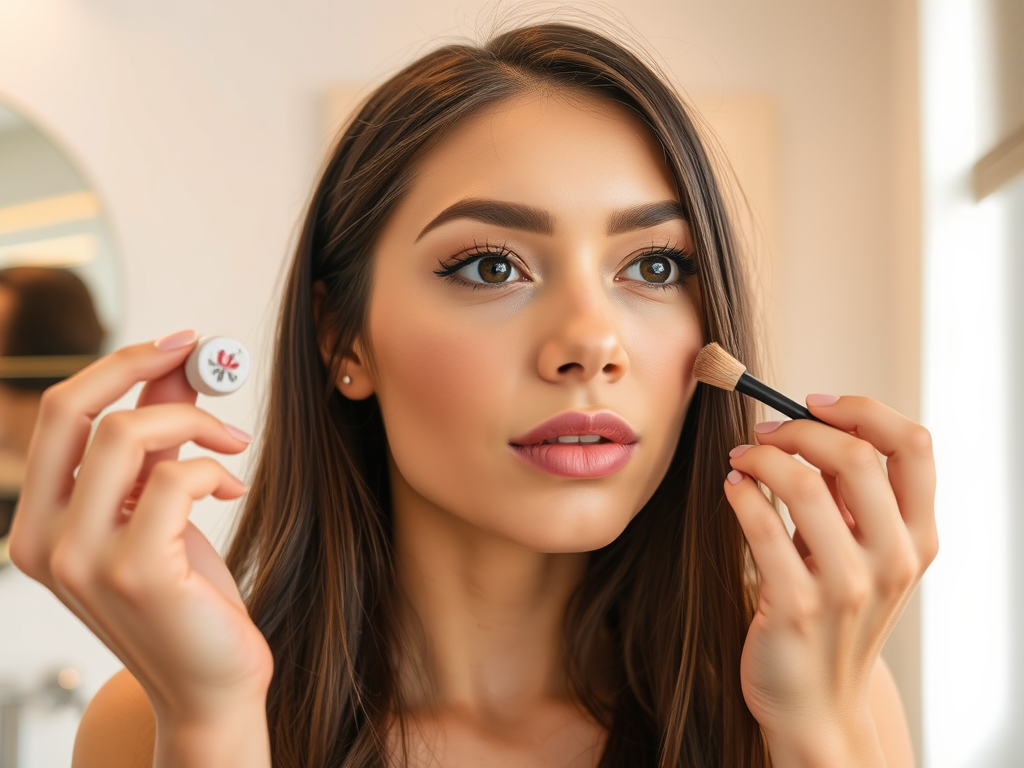
Places to Put Contour: Target Areas for Enhanced Features
Contouring has become an essential part of modern makeup artistry, offering the opportunity to create striking facial dimensions that highlight your natural beauty. This transformative technique is all about strategically placing darker and lighter shades to enhance or soften features. With the right knowledge, anyone can learn how to contour like a pro, regardless of their experience level. It’s not merely about changing one’s appearance; it’s a means of self-expression, artistry, and confidence-building. As you explore the various target areas for contouring, you’ll discover techniques that can elevate your look to new heights. From cheekbones to jawlines, the possibilities are as diverse as they are effective.
Understanding the proper application and benefits of contouring is key to mastering this skill. It allows for customization, giving you the freedom to highlight what you love and subtly shade areas that might be less defined. Utilizing contouring products effectively can create a harmonious balance on the face, emphasizing individuality while enhancing one’s features. In its essence, contouring is both an art and a science, allowing you to mold and shape your face in ways that feel unique to you. Let’s discuss the prime areas to focus on when applying contour.
Understanding the Basics of Contouring
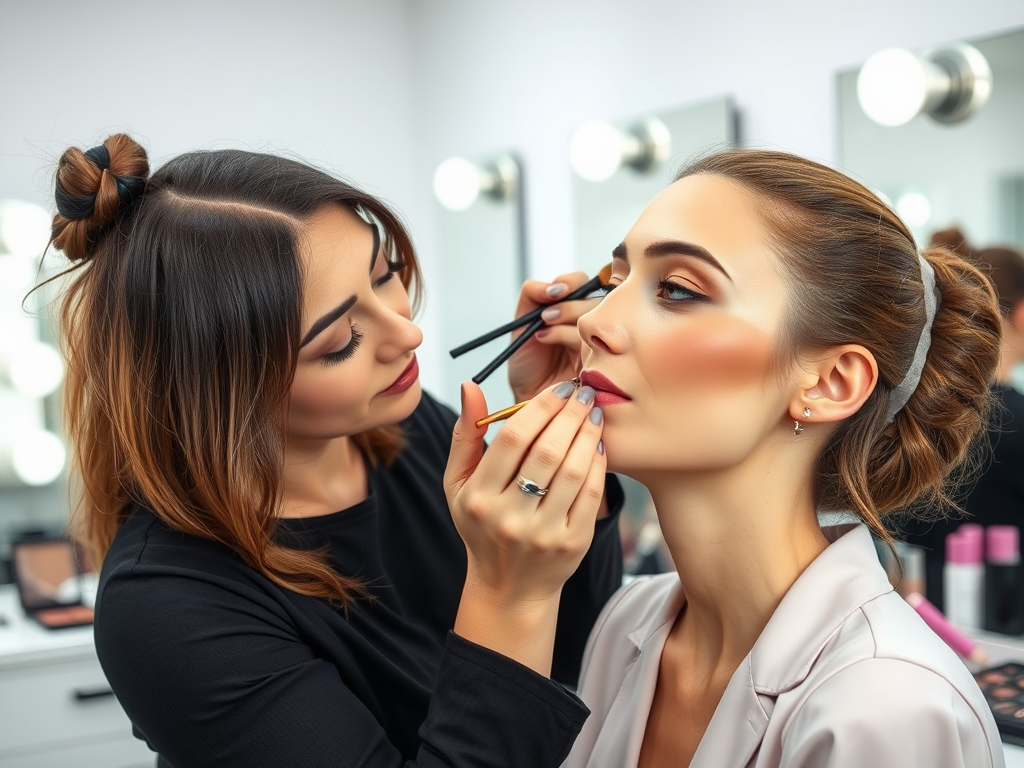
Before diving into specific target areas for contour application, it’s crucial to grasp the fundamental aspects of contouring. Contouring involves two main components: a contour shade that is darker than your skin tone and a highlighter that is lighter. The contour shade creates shadows, while the highlighter adds brightness to certain areas of your face. Effectively blending these shades creates depth and dimension. Knowing how to balance the two can make a significant difference in achieving a natural and polished look. As you experiment with different products and techniques, you’ll learn which methods suit your unique features best.
Target Areas for Contouring
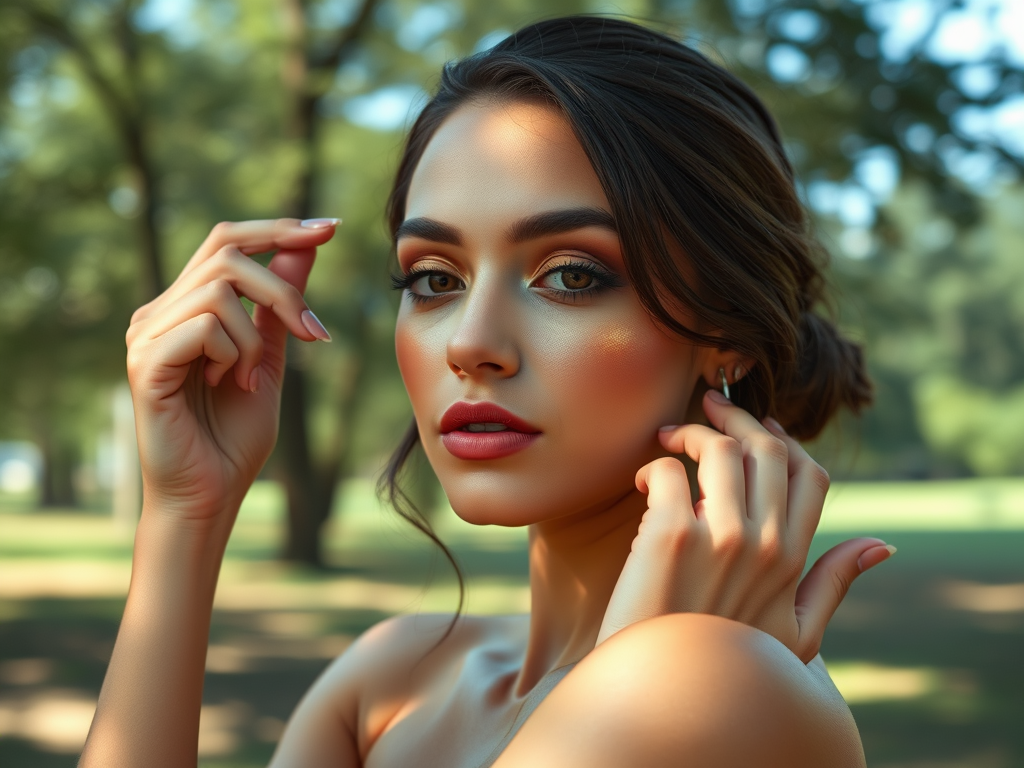
Now let’s explore the specific places where contour can be applied for enhanced features. Each area serves its purpose, contributing to the overall contouring strategy. Proper application can lead to a well-defined, photogenic look. Below are some of the primary target areas worth considering:
- Cheekbones: Applying contour beneath the cheekbone helps define and lift the face, giving it a more sculpted appearance.
- Jawline: Contouring this area can create a more pronounced look. A subtle shadowing technique enhances the jawline and creates a sharper profile.
- Forehead: For those with broader foreheads, adding contour at the temples and along the hairline can help reduce its visual width.
| Area | Purpose | Application Technique |
|---|---|---|
| Cheekbones | Define and lift | Apply below the cheekbone |
| Jawline | Sharp profile | Shade beneath the jaw |
| Forehead | Narrow appearance | Contour at hairline |
| Nose | Slender look | Color the sides |
| Temples | Oval shape | Lightly apply at the temples |
| Chin | Define and minimize | Contour along the chin |
Effective contouring requires attention to detail and technique. To achieve the best results, it’s essential to use the right tools, such as brushes, sponges, and contour products that align with your skin type. Selecting the right contouring product is key. Cream formulas are ideal for dry skin, while powders are often preferred for oily skin types. Experimenting with different techniques will help you discover what works best for your face shape and skin tone. The right combination will leave you with a flawlessly contoured look that still appears natural.
Conclusion
In conclusion, contouring is a powerful technique that can transform your facial features with strategic application. By knowing where to place contour effectively, you can enhance your natural beauty. From defining cheekbones to refining jawlines, the beauty of contouring lies in its customizable nature. Whether you’re prepping for an everyday look or a special occasion, the right contouring approach can elevate your style and boost your confidence. Embrace the art of contouring, and let your features shine through.
Frequently Asked Questions
- What are the best products for contouring? For contouring, cream or powder formulas are commonly used. The choice depends on personal preference and skin type.
- How do I choose the right contour shade? When selecting a contour shade, aim for a color that is 1-2 shades darker than your natural skin tone.
- Can contouring be done on all face shapes? Yes, contouring techniques can be tailored to accommodate various face shapes, enhancing features accordingly.
- Is contouring suitable for everyday wear? While contouring can enhance your features, it’s often best to apply it more lightly for a natural, everyday look.
- How long does contouring last? The longevity of contour application can vary based on the products used, skin type, and environmental factors. Generally, it can last several hours with proper application.
